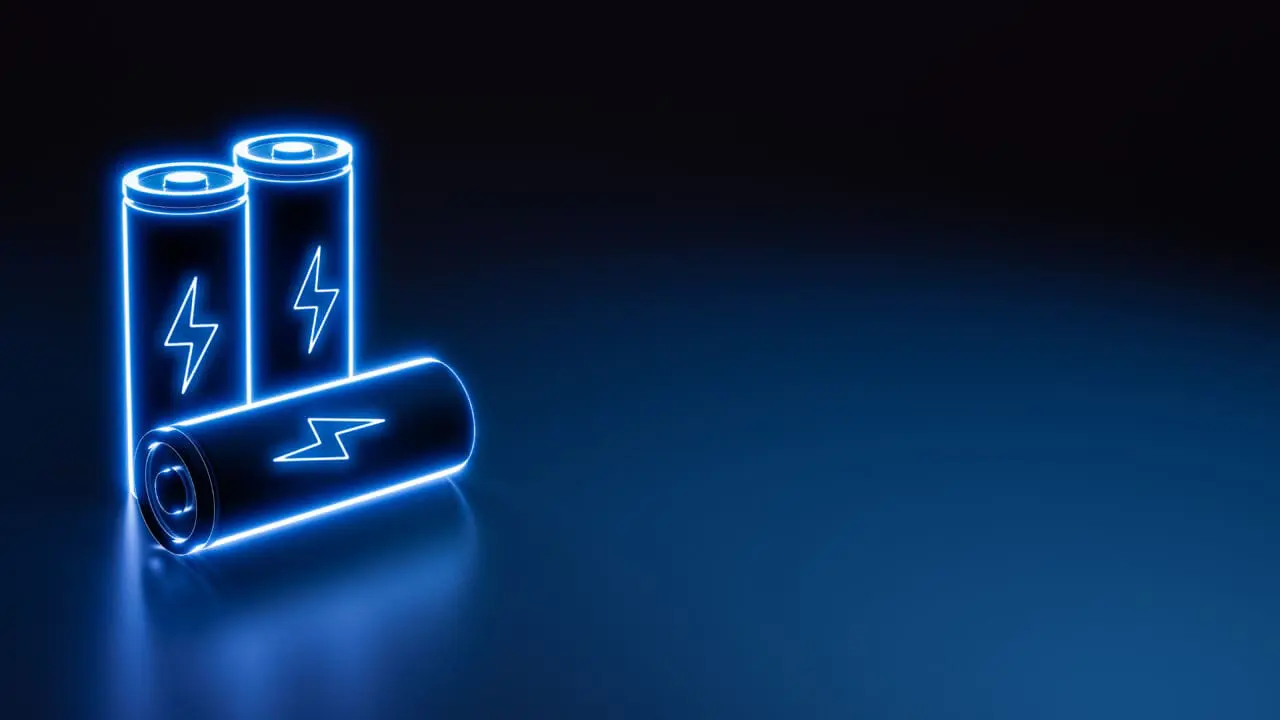

Chinese battery manufacturer, Contemporary Amperex Technology Limited (CATL), has recently made headlines after launching the world’s first 4C superfast charging lithium iron phosphate (LFP) battery. This new technology promises to revolutionise the way electric vehicles (EVs) are powered; for instance, allowing them to be charged in as a short time as 25 minutes. It goes without saying that such technology has the potential to dramatically reduce charging times and improve driving ranges for EVs.
CATL’s new battery is unique in that it employs a 4C discharge rate; this means that it can output up to four times the power of a conventional battery. This increased discharge rate provides greater efficiency and better performance, while decreasing overall charging time. In addition, it also offers improved safety due to its thermal management system; this ensures that the battery remains cool during charging and discharging cycles in order to protect against overheating.
The development of CATL’s 4C superfast charging LFP battery is a major breakthrough that could help to accelerate the adoption of EVs. It has the potential to reduce charging times and extend driving ranges, which in turn could make electric vehicles more attractive to prospective buyers. At the same time, it could also help to boost the competitiveness of China’s EV market by making it easier for consumers to switch from petrol and diesel cars.
The introduction of CATL’s 4C superfast charging LFP battery has provided an opportunity for electric vehicles to vastly improve their performance and efficiency. The increased discharge rate of up to four times that of a conventional battery provides EVs with greater power, which could translate into faster acceleration and improved driving range. This is an especially attractive prospect for performance-oriented drivers who are looking to get the most out of their vehicle.
Furthermore, due to its thermal management system, CATL’s 4C superfast charging LFP battery is also able to remain cool during both charging and discharging cycles. This ensures that the battery can maintain its performance without overheating, making it suitable for use in more extreme driving conditions.
Overall, CATL’s 4C superfast charging LFP battery has the potential to significantly improve the performance of electric vehicles, reducing charging times and providing drivers with greater power and range. As such, it could provide a major boost to the EV market, making them more attractive to prospective buyers.
In order to truly understand the potential impact that CATL’s 4C superfast charging LFP battery will have on electric vehicles, it is important to evaluate both the benefits and drawbacks of this new technology.
On the one hand, CATL’s 4C superfast charging LFP battery could have an enormously positive effect on EVs by reducing charging times and improving driving range. This would make electric vehicles more attractive to buyers, as they would be able to charge their cars in a fraction of the time that it takes with conventional batteries.
However, there are also some potential drawbacks to consider. The increased discharge rate of up to four times that of a conventional battery could potentially lead to greater wear and tear on EV components due to the higher levels of stress being placed on them. In addition, it remains unclear whether or not CATL’s 4C superfast charging LFP battery will provide sufficient protection against overheating. While the thermal management system should help to mitigate this risk, further testing is needed in order to ensure that it is effective.
Clearly, there are both potential benefits and drawbacks to CATL’s 4C superfast charging LFP battery. On the one hand, it could allow for faster charging times and improved driving range; this would make EVs more attractive to prospective buyers, as they would be able to charge their cars in a fraction of the time that it takes with conventional batteries.
On the other hand, there are also some potential drawbacks to consider. The increased discharge rate could place greater stress on EV components, leading to higher levels of wear and tear. In addition, the effectiveness of CATL’s thermal management system remains unknown; while it should help to mitigate the risk of overheating, further testing is needed in order to ensure that it is effective.
The introduction of CATL’s 4C superfast charging LFP battery could have a major impact on EVs, reducing charging times and improving driving range. This would make electric vehicles more attractive to buyers who are looking for an efficient and reliable mode of transport. Furthermore, it could also help to increase the competitiveness of China’s EV market by making it easier for consumers to switch from petrol and diesel cars.
In addition, the increased discharge rate provided by CATL’s 4C superfast charging LFP battery could also result in improved performance. This would provide drivers with greater power and faster acceleration when driving their EVs, making them more attractive to performance-oriented drivers.
Overall, the introduction of CATL’s 4C superfast charging LFP battery could have a major impact on EVs, reducing charging times and improving driving range while also providing drivers with greater power. This makes it an exciting development that could revolutionize the EV market.
The launch of CATL’s 4C superfast charging LFP battery highlights how China is leading the way in terms of electric vehicle technology. This is due to their commitment to innovation and investment in research and development, which has enabled them to develop cutting-edge batteries that are capable of outperforming those produced by their competitors.
Furthermore, China’s electric vehicle market has also benefited from the government’s willingness to invest in and incentivise the development of new technologies. This has enabled Chinese companies such as CATL to become leaders in this field, pushing the boundaries of what is possible and creating products that could revolutionize the EV industry.
Overall, the launch of CATL’s 4C superfast charging LFP battery demonstrates how China is paving the way when it comes to electric vehicle technology. Their commitment to innovation and government investment has enabled them to develop cutting-edge batteries that could revolutionize the EV industry.
While CATL’s 4C superfast charging LFP battery could revolutionize the EV industry, it is important to ensure that safety measures are in place when using this technology. This is due to the increased discharge rate of up to four times that of a conventional battery, which could potentially lead to higher levels of stress being placed on EV components.
Furthermore, it is also essential to ensure that CATL’s thermal management system is effective in order to prevent the risk of overheating; while this should help to mitigate any risks, further testing is needed in order to guarantee its effectiveness.
Overall, it is vital that safety measures are taken when using CATL’s 4C superfast charging LFP battery. This includes ensuring that the thermal management system is effective and monitoring EV components for any signs of increased wear and tear due to the higher levels of stress being placed on them.
One of the main benefits of CATL’s 4C superfast charging LFP battery is the potential cost savings it could bring. The increased discharge rate allows for faster charging times, which could result in lower electricity bills for EV owners. Furthermore, it could also help to reduce the cost of maintenance due to reduced wear and tear on components caused by slower charging times.
In addition to cost savings, the 4C superfast charging LFP battery could also result in improved efficiency. The faster charging times mean that drivers can get back on the road quicker than before, reducing downtime and enabling them to make better use of their time. This increased convenience is likely to be particularly beneficial for those who rely on their EVs for their day-to-day activities.
Overall, CATL’s 4C superfast charging LFP battery could bring multiple benefits in terms of cost and efficiency. The increased discharge rate allows for faster charging times, resulting in lower electricity bills and reduced wear and tear on components, as well as improved convenience for drivers needing to get back on the road quickly.
While the introduction of CATL’s 4C superfast charging LFP battery could revolutionize the EV industry, it is important to consider the safety implications. The increased discharge rate could cause higher levels of stress on components, which could result in damage or potential fire hazards if not monitored and managed correctly.
Furthermore, CATL’s thermal management system must also be effective in order to prevent the risk of overheating. While this should help to mitigate any risks, it is important for EV owners to ensure that their cars are regularly serviced in order to guarantee the safety of its components.

This website uses cookies to improve your experience. Choose what you're happy with.
Required for the site to function and can't be switched off.
Help us improve the website. Turn on if you agree.
Used for ads and personalisation. Turn on if you agree.
This website uses cookies to improve your experience. Choose what you're happy with.
Required for the site to function and can't be switched off.
Help us improve the website. Turn on if you agree.
Used for ads and personalisation. Turn on if you agree.